Entry Category: Military Science
Little Rock National Cemetery
Little Rock to Bayou Meto and Little Bayou, Scout from
aka: Scout from Pine Bluff to Lewis’ Landing (May 7–11, 1865)
Little Rock to Benton, Expedition from (November 2–3, 1864)
Little Rock to Benton, Scout from (March 27–31, 1864)
Little Rock to Benton, Scout from (November 27–30, 1864)
Little Rock to Benton, Scout from (September 6–7, 1864)
Little Rock to Clear Lake, Scout from
aka: Skirmish at Clear Lake
aka: Skirmish at Plum Bayou
Little Rock to Fagan’s Ford, Expedition from
Little Rock to Irving’s Plantation, Expedition from
Little Rock to Mount Elba, Expedition from
aka: Scout from Pine Bluff toward Camden and Monticello (January 26–31, 1865)
Little Rock to the Saline River, Scout from
Little Rock toward Monticello and Mount Elba, Reconnaissance from
Little Rock, Skirmish at (September 2, 1864)
Littleton, Herbert
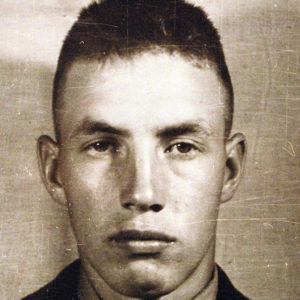 Herbert Littleton
Herbert Littleton
 Herbert A. Littleton Plaque
Herbert A. Littleton Plaque
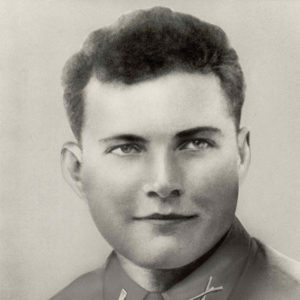 Edgar H. Lloyd
Edgar H. Lloyd
 Edgar H. Lloyd Plaque
Edgar H. Lloyd Plaque
Lloyd, Edgar Harold
 Lockheed Martin Plant
Lockheed Martin Plant
Logan County Draft War
aka: Franklin County Draft War
Longview, Skirmish at
aka: Skirmish at Easling's Farm
Looper, Durden William
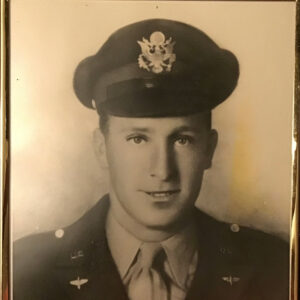 William Durden Looper
William Durden Looper
Loudermilk, William Murphy
Loyd, Robert
 Robert Loyd Memorial
Robert Loyd Memorial
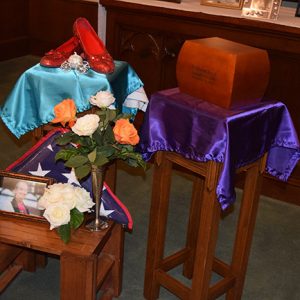 Robert Loyd Memorial
Robert Loyd Memorial
 Robert Loyd Memorial
Robert Loyd Memorial
 Robert Loyd
Robert Loyd
 LRAFB Base Construction
LRAFB Base Construction
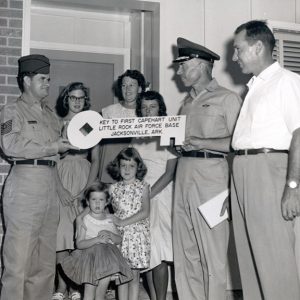 LRAFB Base Housing
LRAFB Base Housing
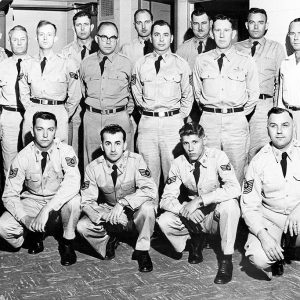 LRAFB Early Staff
LRAFB Early Staff
Lucas, George Washington
Lunenburg, Skirmish at
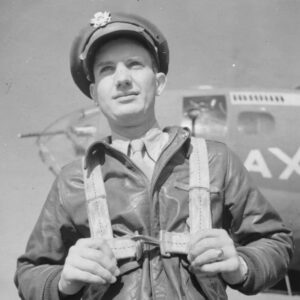 Lewis E. Lyle
Lewis E. Lyle
Lyle, Lewis Elton (Lew)
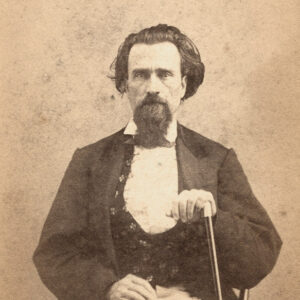 Oliver P. Lyles
Oliver P. Lyles
MacArthur Museum of Arkansas Military History
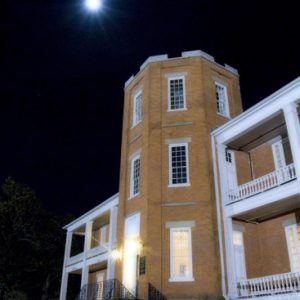 MacArthur Museum of Arkansas Military History
MacArthur Museum of Arkansas Military History
MacArthur, Douglas
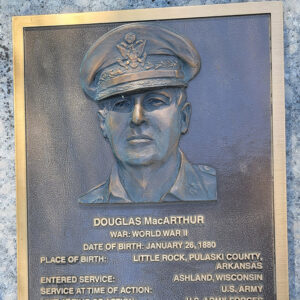 Douglas MacArthur Plaque
Douglas MacArthur Plaque
Madison, Skirmish at
Mankins, Peter “Old Pete”
Marianna and LaGrange, Skirmishes at
Marianna National Guard Armory
 Marianna National Guard Armory
Marianna National Guard Armory
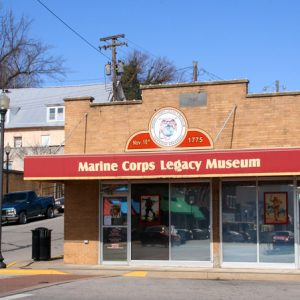 Marine Corps Legacy Museum
Marine Corps Legacy Museum




